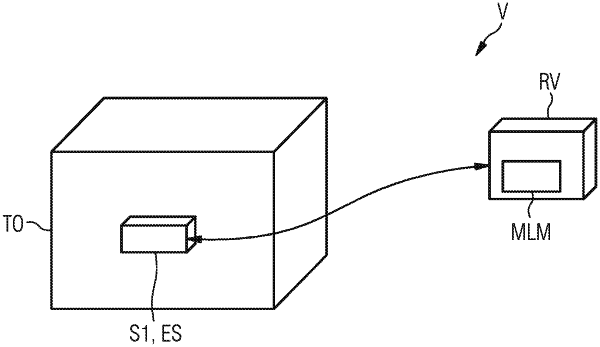| CPC B60W 50/0225 (2013.01) [B60W 50/0205 (2013.01); G06F 18/22 (2023.01); G06N 20/00 (2019.01); B60W 2050/0057 (2013.01); B60W 2050/021 (2013.01)] | 15 Claims |

|
1. A method for monitoring the operation of a technical object aided by a mathematical model based on machine learning after assembly of a three-axis replacement acceleration sensor, a three-axis first acceleration sensor being initially assembled on the object at a position, and during operation the object generating mechanical oscillations, the method comprising:
a) determining a first orientation of the three-axis first acceleration sensor on the object as a position vector relative to gravitational force;
b) generating and training the mathematical model for the operation of the object with respect to the position vector;
c) detaching the three-axis first acceleration sensor and assembling the three-axis replacement acceleration sensor with a new orientation on the object at the same position, at which the first acceleration sensor was assembled;
d) detecting acceleration values in an x-, y- and z-direction aided by respective individual sensors of the three-axis replacement acceleration sensor of the object;
e) calculating respective indicator values from a temporal course of the detected acceleration values of the three-axis replacement acceleration sensor;
f) determining a replacement vector from the calculated respective indicator values and determining a differential vector between the replacement vector and the position vector of the first acceleration sensor determined during said generating and training of b);
g) applying the model during operation of the object for the position vector in the orientation of the replacement vector by taking into account the differential vector.
|